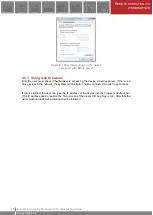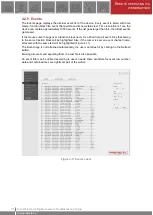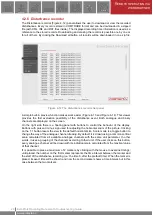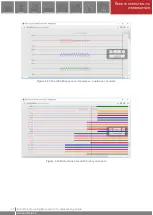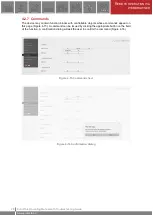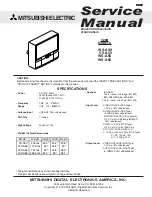
13
L
OCAL OPERATION ON
THE FRONT PANEL
E Operating Manual with Troubleshooting Guide
www.protecta.hu
Other parameters can be modified similarly to the previously described VT4 voltage type. The
following parameter types are available in the function blocks:
Integer or timer -
This is a whole number, and it can be entered with the help of the number pad.
Floating-point number -
This is a number that has a decimal point. This can also be input through
the number pad.
List item -
A list is displayed with all the possible choices. In this case the user simply needs to
select the desired one (e.g. VT4 voltage type).
Checkbox -
The user has the option of enabling or disabling the parameter.
3.3.3 On-line functions, Events, System settings
These menu items have the same content as described in section 4. System settings can be
modified similarly to the parameters in section 3.3.2.
3.3.4 User-defined/Custom screens
It is possible to add screens based on the user's needs with the help of the EuroCAP software.
The operation buttons can also be set up to perform certain functions. An example can be seen
using a Single Line Diagram on the following page.
Let us say there is a network that is shown below and we have set up the required operational
buttons to function as "on"/"off". To switch "on" the busbar disconnector Q1, touch the icon of Q1
on the touchscreen; this will highlight the chosen object, which will start blinking. Once it starts
blinking, some action must be performed with the chosen object; otherwise it will be deselected
after a given timeout period. So, while it is blinking, press the "I" button, which has been configured
to be the "on" button when the Q1 object is highlighted.
Now a message pops up for confirmation of this operation. Again, a limited time is available to
answer this, otherwise the requested operation is canceled. P
ress “Ok” to confirm and another
panel pops up stating that the operation was successful. After acknowledging this, the LCD is
updated accordingly, with the Q1 line disconnector in the "on" position.
Note again that this behavior was only an example; it may vary according to the configuration of
the actual device.


















